5 Common Household Items You Probably Need To Replace Right Now
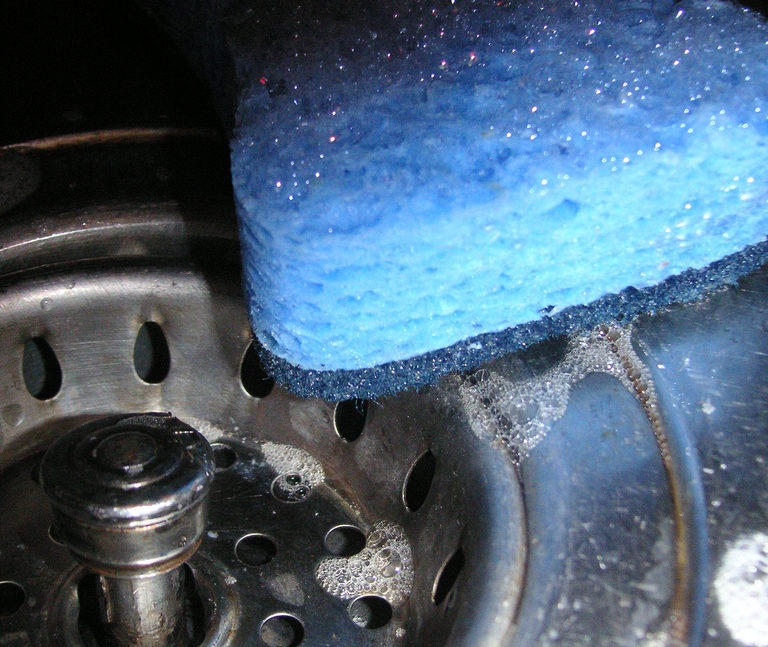
Chances are, we all have things in our house that could use replacing, though we probably don’t even know it. Below, we found five common household items that you may need to replace right now (or as soon as you hit up the grocery store again).
1. Spices
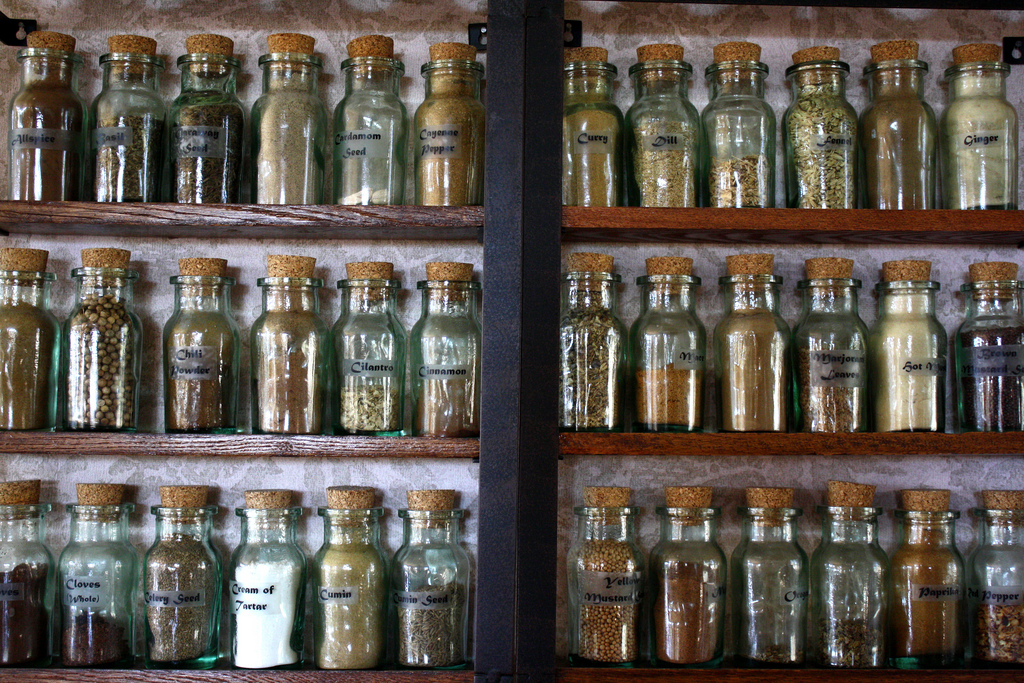

Though spices do not necessarily spoil, they’ll just start to lose their flavor after a while if they’re not replaced, McCormick states. StillTasty advises that it depends on how the spices are stored, and what kind of spice you’re talking about.
For instance, they say that whole spices will stay fresh for approximately four years, while ground ones will for 2-3 years, and dried herbs will last for less time, 1-3 years.
You can test them out by tasting and smelling a small amount of one. What about salt? Forever! That was a trick question.
StillTasty’s “Keep It or Toss It” page is a kitchen lifesaver, too, where you can go through every item in your kitchen to figure out whether or not it should be kept. Warning: It gets addictive!
2. Sponges
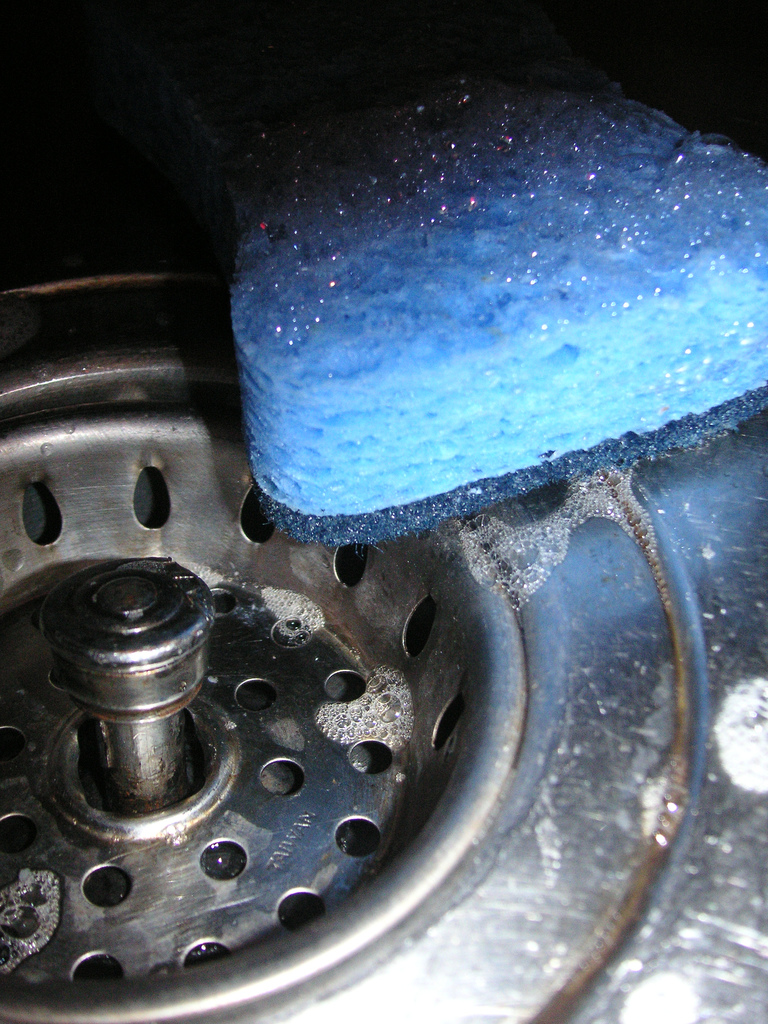

How long should you use a kitchen sponge? Any guesses? If you said a month or less, you’re right. EatByDate also says it depends on the activity level of the sponge.
WebMD agrees and states that, “kitchen sponges are the No. 1 source of germs in the whole house.” Not only do germs stay in the sponge, but then people use the sponge to wipe counters and dishes, spreading the dirty germs around.
Plus, bacteria cells like to multiply—one single bacteria can become over eight million cells in under 24 hours. And, just so you know, humans only need a minimum of 10 bacteria cells to get sick.
So what should you do? “Wet your sponge and then pop it in the microwave for two minutes to eliminate the germs that lurk inside the crevices,” said Neil Schachter, MD, medical director of respiratory care at Mount Sinai in New York City, and the author of The Good Doctor’s Guide to Colds and Flu to WebMD.
Oh, and if your sponge smells odd and it’s been 3-4 weeks, it’s time to say goodbye.
3. Toothbrushes
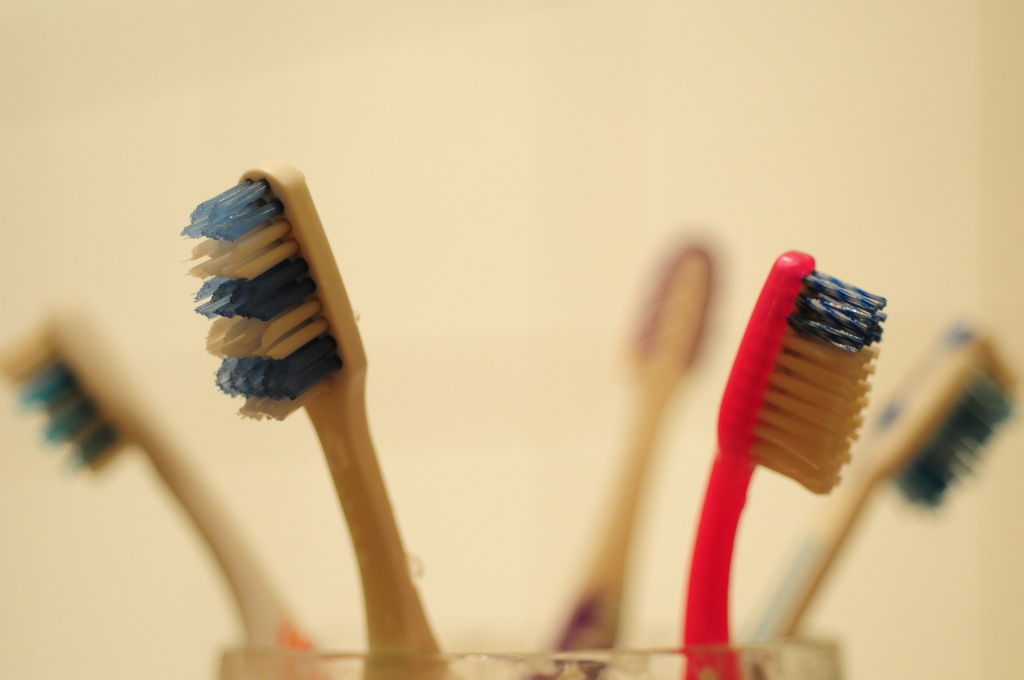

You should replace your toothbrush about every three to four months, the American Dental Association (ADA) recommends, and even sooner if the bristles are frayed, which means they’re not cleaning your teeth as well as they once did.
Also, be sure to change your toothbrush after you’re sick or else you may be able to re-infect yourself with sick bacteria.
However, the Centers for Disease Control (CDC) does not think this is necessary. Some say that a good way to kill toothbrush germs between brushing is soaking the brush in antiseptic mouthwash or hydrogen peroxide for about an hour, and some people even soak it until their next brushing.
However, once again, the CDC says this is unnecessary, and could have a negative effect if multiple people drink out of the same bottle of mouthwash.
However, the CDC does recommend that people do not share toothbrushes (since one’s mouth contains millions of microorganisms), in order to reduce the chance of infection. They also say to keep your toothbrush dry after use (once you rinse it with water) and don’t let it touch other brushes’ bristles.
4. Water Filters
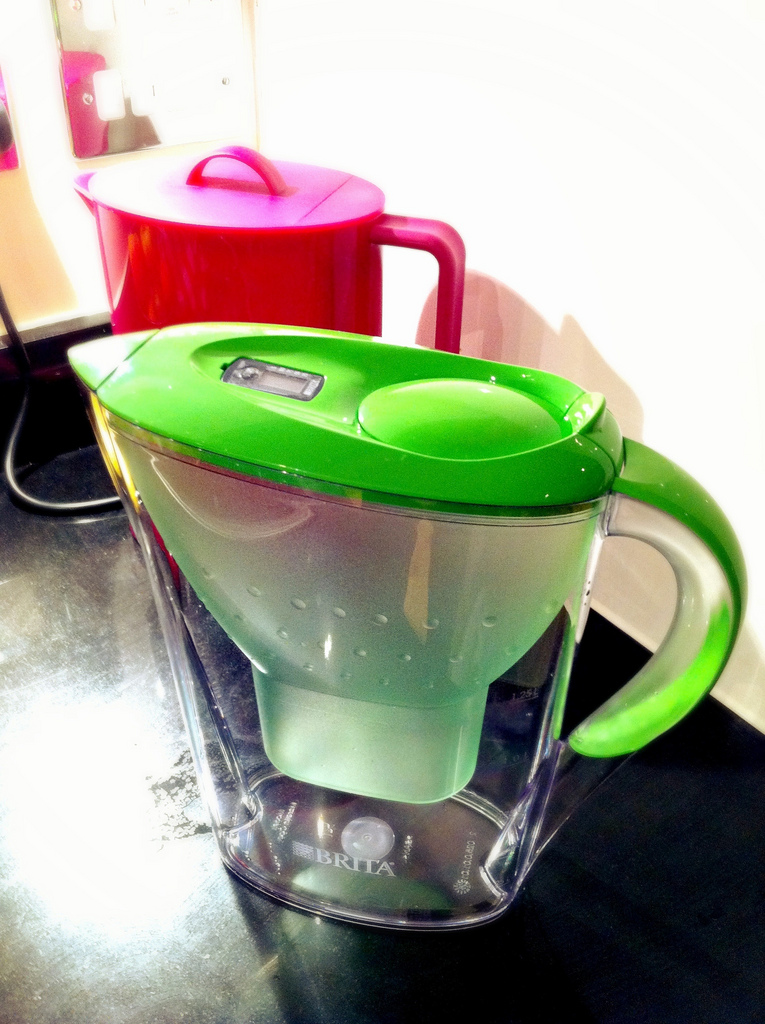

Speaking of water and toothbrushes, how often should we change our water filters? Often, people start to notice that their water tastes different, so they wait until then to change the filters.
However, it’s best to make it a regular routine and not risk drinking chemical-laden water. If you have a filter built into your fridge, you should replace it every six months.
If you don’t, your water will probably soon start tasting not-so-good, and it may also contain more lead and chlorine if you haven’t changed your filter lately.
If you go to FreshWaterSystems.com, you can input the kind of filter you have and even find out when it needs changing. Impressive. For other filters, like ones not built into your fridge, it depends on the brand.
For instance, if you have a Brita one, you should change it every 40 gallons, which equates to about every two months. Some Brita filters last 100 gallons, or about four months.
So check out their website to see when your filter needs changing. Brita will even text you a reminder, which you can sign up for here. Pretty handy, huh?
5. Pillows


Our pillows need cleaning?! Yep. And probably more often than you think. Yes, I’m sure you wash your pillowcases, but what about the pillows themselves?
You should clean those every three months, according to the Huffington Post. They also suggest cleaning the outer covers every three weeks (which I was surprised about—I would have guessed weekly).
Dirty pillows and cases can cause everything from acne to allergies to dust mites, which are so tiny, they seem invisible. About two-thirds of people with allergies may be allergic to indoor dust mites, Mark R. Neustrom, DO, of Kansas City Allergy and Asthma Associates told the Huffington Post.
In the meantime, you should monitor your allergies and pillows, and replace them every six months to three years (a great reason to redecorate).

